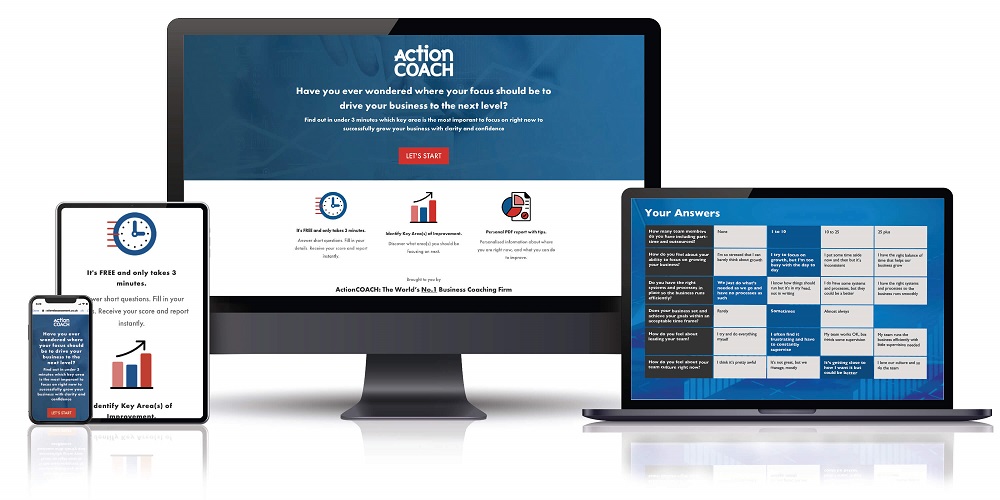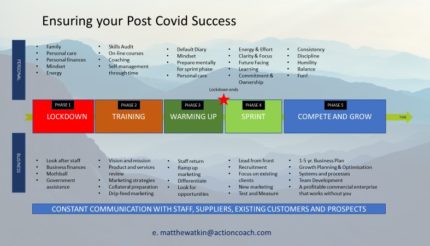How do I write, and what should I include in, my business plan?
When writing a business plan, its content depend on for whom it is being written (Bank, Prospective Buyer, Management Team etc.)
A comprehensive business plan typically includes the following key components:
- Executive Summary: This is a concise overview of the entire business plan, highlighting the key aspects of your business, such as your mission, products or services, target market, competitive advantage, and financial projections. It should provide a compelling snapshot of your business and entice readers to continue reviewing the plan.
- Company Description: This section provides an in-depth explanation of your business, its history, legal structure, location, and any unique features or competitive advantages. It should outline your vision, mission, and values, as well as your short and long-term goals.
- Vision, Purpose and Values: This describes your intentions for the future of the business, clearly defining what it will look like over time, your underlying purpose and the values that determine the way you want to work. The vison defines what you will do, the purpose defines why you will do it and the values define the environment, or culture, in which you will do it.
- Market Analysis: Conduct a thorough analysis of your target market, industry trends, and competition. Identify your target customers, their needs, and preferences. Assess your competitors, their strengths, weaknesses, and market positioning. This section should demonstrate your understanding of the market and highlight your competitive edge.
- Organization and Management: Describe the organizational structure of your business, including key management team members, their roles, responsibilities, and relevant experience. Outline any advisory boards or external consultants you may engage. This section demonstrates your team’s qualifications and the ability to execute your business plan effectively.
- Product or Service Line: Detail your products or services, including their features, benefits, and distinguishing characteristics (USP’s). Explain how your offerings meet customer needs and differentiate from competitors. If applicable, discuss your product development roadmap and plans for future innovation.
- Sales and Marketing Strategy: Describe your sales and marketing approach, including pricing, distribution channels, and promotional strategies. Discuss your target market segments, customer acquisition tactics and plans for customer retention and growth. Outline your marketing budget and metrics to measure the effectiveness of your efforts.
- Financial Projections: Present your financial forecasts, including income statements, balance sheets, and cash flow statements. Include revenue projections, cost of goods sold, operating expenses, and anticipated profitability. Provide information on your funding requirements, such as capital investments or loans, and outline your exit strategy for investors if applicable.
- Operations and Management Plan: Detail the operational aspects of your business, such as your production processes, facilities, technology requirements, and supply chain management. Discuss your inventory management, quality control measures, and any strategic partnerships or key suppliers. This section demonstrates your ability to deliver products or services efficiently.
- Risk Analysis and Mitigation: Identify and assess potential risks and challenges that could impact your business. These may include market risks, regulatory changes, operational issues, or financial constraints. Develop contingency plans and strategies to mitigate these risks and demonstrate your ability to adapt and overcome obstacles.
- Appendices: Include any supporting documents, such as resumes of key team members, market research data, product brochures, legal agreements, or permits. This section provides additional details that support and validate the information presented in the main body of the business plan.
Remember, when writing a business plan you should tailor it to your specific business and audience. It should be clear, concise, and compelling, effectively conveying your vision, strategies, and financial viability. Regularly review and update your business plan to reflect changes in your business environment and to align with your evolving goals.
Want to take your business to the NEXT LEVEL?
Visit the link below to receive a FREE personalised business report: matthewatkin.nextlevelassessment.co.uk





